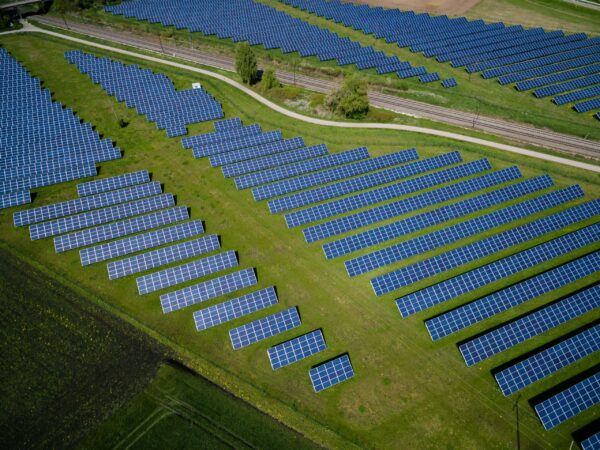As the world moves toward a sustainable energy future, clean energy solutions are getting a lot of attention. Behind the scenes, key minerals are a big part of what makes these technologies work, and their market has grown a lot over the past few years. A new report from the International Energy Agency shows how much the “critical minerals” market has grown and how much China spends on investments. But while the industry has a lot of potential, it also faces a number of problems that must be solved for the global energy shift to be stable and diverse.
China’s Leading Role and the Rise in Demand:
In its report, the International Energy Agency shows how quickly the need for important minerals is growing. Between 2017 and 2022, the demand for lithium tripled, the need for cobalt went up by 70%, and the need for nickel increased by 40%. Clean energy tools like electric cars, wind turbines, and solar panels can’t work without these minerals. China is now the leader in the world when it comes to spending on investments. In 2022, Chinese companies will almost double the amount they spend on developing vital minerals. China is making many investments to ensure it can get enough transition minerals to meet rising demand.
China is the biggest processor and refiner in the world.
China is the best at processing and refining these minerals, so it has become a major player in the critical minerals business. The country’s incentives and rules have helped it become a leader in making clean energy tools like solar panels, wind turbines, and batteries for electric vehicles. About half of the world’s wind and sun power is being used in China. Also, China has a lot of planned lithium chemical plants and nickel refining facilities, which means that a lot of its refining activities are in a small area.
Problems and the need for long-term supplies:
Even though the market for key minerals looks promising, the report stresses the importance of having a wide range of supplies that won’t run out. Price changes, problems with the supply chain, and global uncertainty make it hard to make a safe and quick energy transition. To deal with these problems, the report calls for more work to ensure that important minerals’ supply chains are stable and safe.
The Importance of Environmental Sustainability:
The study shows that the industry as a whole isn’t making much progress, especially when it comes to protecting the environment. Greenhouse gas emissions from extracting important minerals are still high, and the amount of water taken out has almost doubled in a short time. Also, making a lot of trash is still a major problem. These problems show how important it is for the critical minerals business to use sustainable methods and make less of an impact on the environment to meet global climate goals.

The Way Forward:
The exponential growth of the critical minerals market shows how important it is to clean energy technologies and the global energy shift. But for long-term success, dealing with problems like supply chain security, sustainability, and environmental effect is important. Governments, industry players, and foreign organizations need to work together to make sure there is a steady and long-term supply of critical minerals, which will help us move toward a future with clean and renewable energy.
The market for critical minerals has grown a lot in the past few years, thanks to the growing demand for clean energy solutions. China has become the world’s leader in investment spending, and its processing and manufacturing industries are the best in the world. But problems like supply chain vulnerabilities and environmental sustainability issues must be solved if the important minerals industry is to be strong and last for a long time. By working together to solve these problems, we can open the way for an energy transition that works and a greener future.